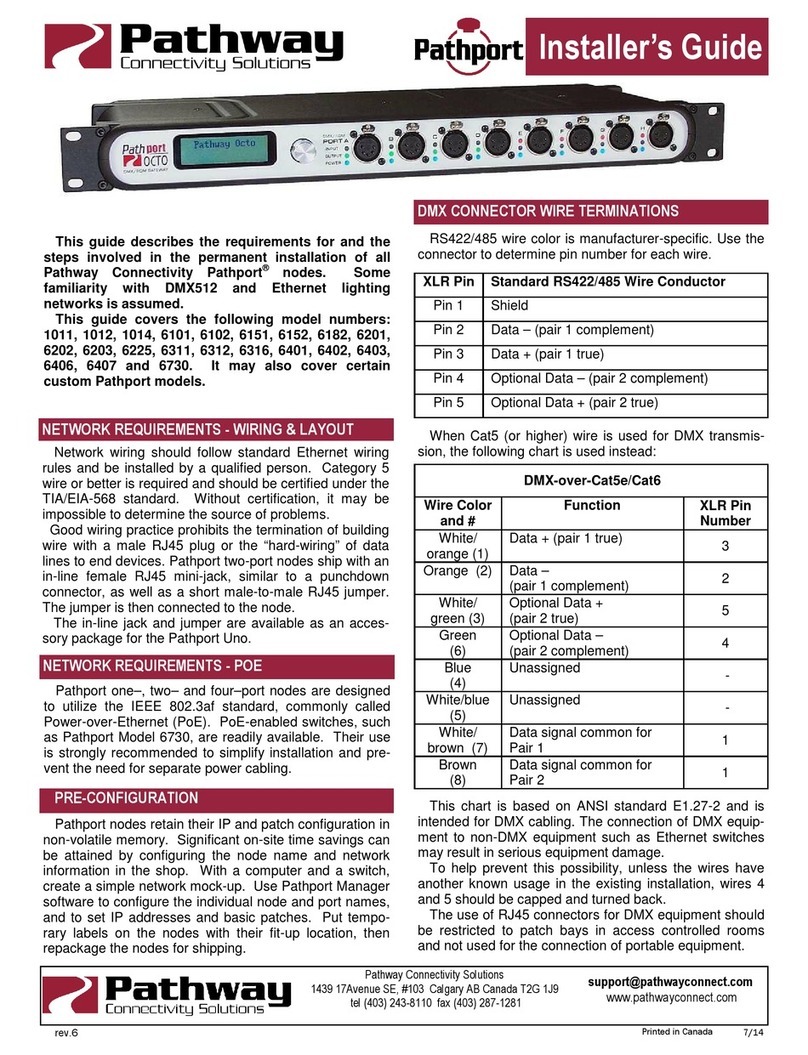Natural Language Control as used in Cognito2
3
Computer control first appeared on Broadway in 1975 when Tharon Musser used
the Electronics Diversified LS-8 console on A Chorus Line.2This new technology
allowed for unprecedented repeatability and a huge number of cues executed in
record time. As processing power was very limited, decisions had to be made on
how to execute these fades. The technology and code development tools of the
day dictated that each channel would be recorded in each cue. This greatly
simplified the process of playing back a show, or more specifically, jumping from
scene to scene during rehearsals. Remember, in the old days of piano-boards,
getting to any place at random in the show almost always meant starting from the
beginning and executing each cue to ensure accuracy. LS-8 and others could do
this with ease. Kliegl quickly followed with the Performance and Strand with
Multi-Q and Broadway converted to computer control seemingly overnight.
Designers were excited by the apparent new flexibility that these computers
offered.
These early computer control systems did not emulate piano-boards, but rather
manual preset boards. What designers eventually figured out, given a bit of
experience on these consoles, was that they could not achieve the complex cue
timing that two or three piano-board operators did in the past. As these preset
consoles recorded every channel in every cue, they only moved from state to
state. This resulted in robotic or non-organic fades. It was only when Strand
introduced the Light Palette that the technological problem that plagued these
early consoles was finally addressed on a computer (in North America at least).
People everywhere (and since) have praised Light Palette for marrying designers’
desires and computer control by using a common language. Almost every
controller that has been accepted on Broadway since has used core concepts
introduced by Light Palette. With the advent of intelligent lighting, so many more
parameters have entered the equation that the language conventions which have
evolved are discordant and technologically inadequate. The language must be
overhauled. Conventional lighting control just worked in 2-spaces; Intensity and
Time. That is not so with moving light control. There are many, many more
parameters. Moving light control and solid state lighting have suffered from the
lack of a common language for designers and programmers and manufacturers to
use. In its infancy, intelligent lighting control stumbled along just managing to
keep up with an evolving technology and never experienced the sort of watershed
2For a detailed description of the LS-8 and other early computerized lighting control systems see
Robert Bell’s book
Let There Be Light
ISBN 9781904031246






























